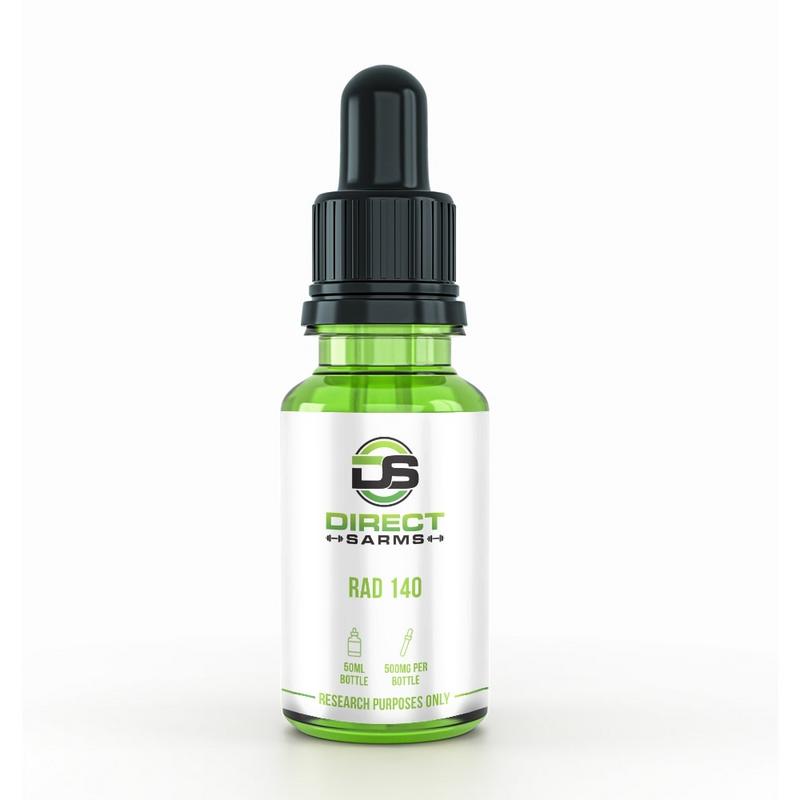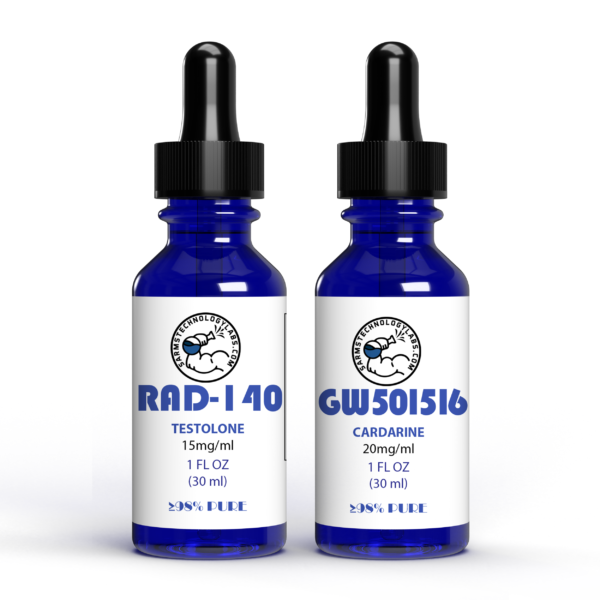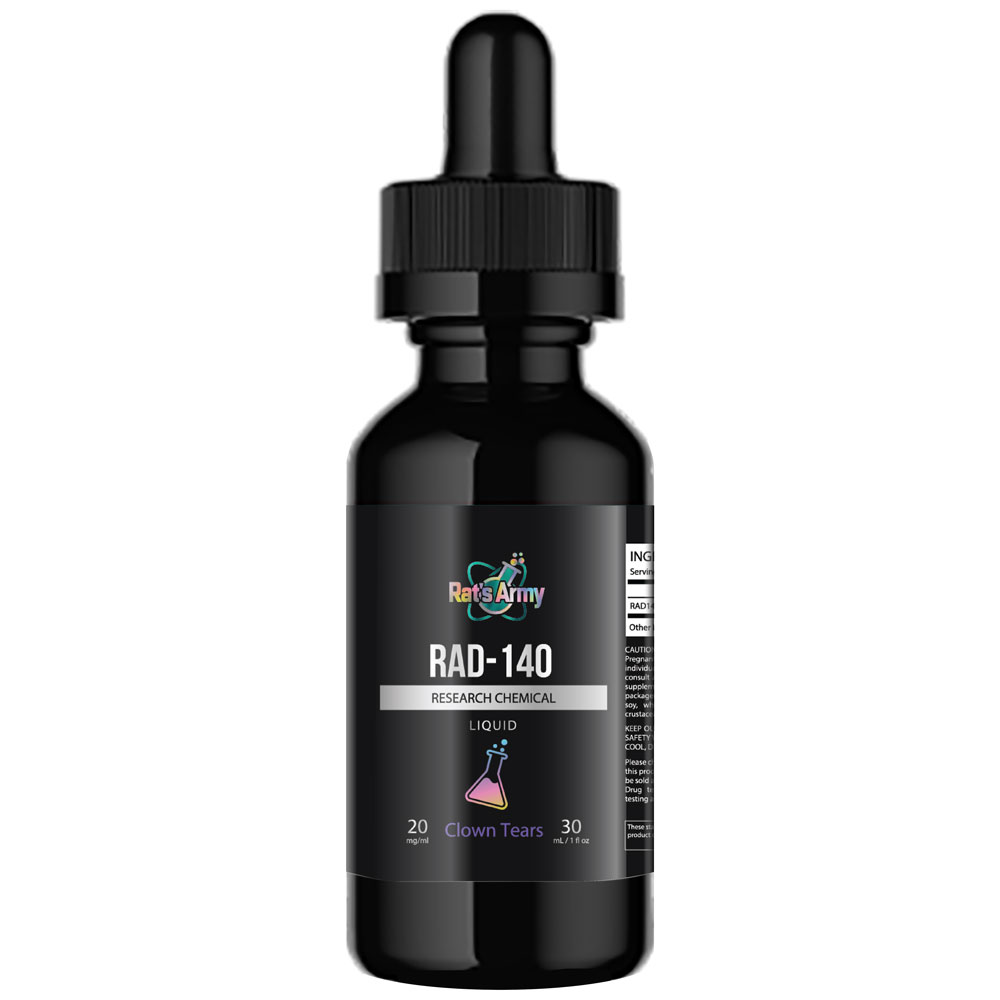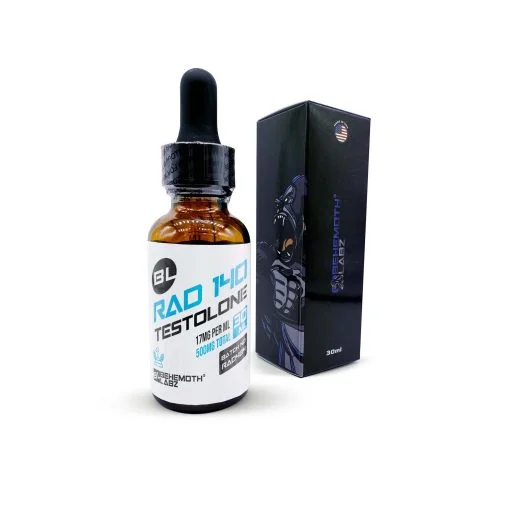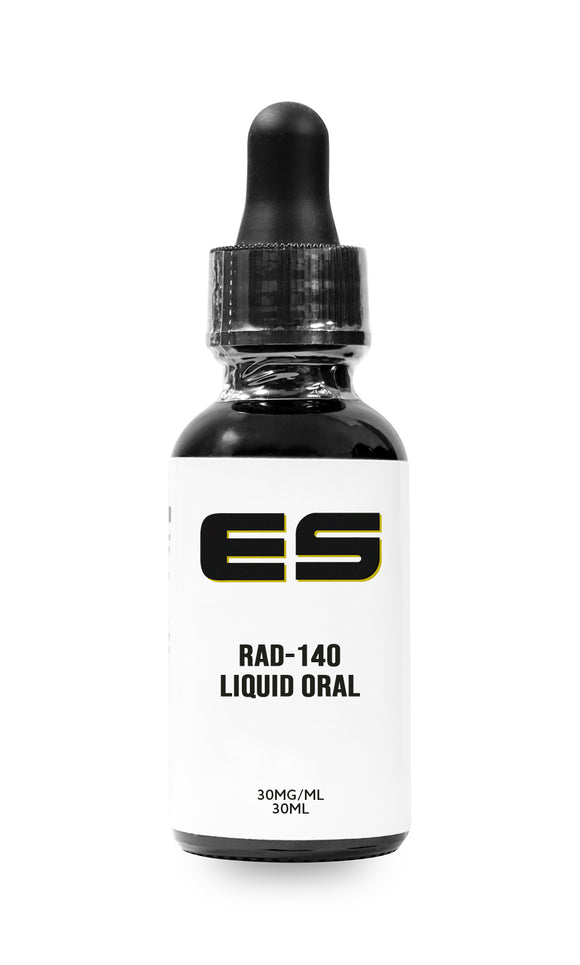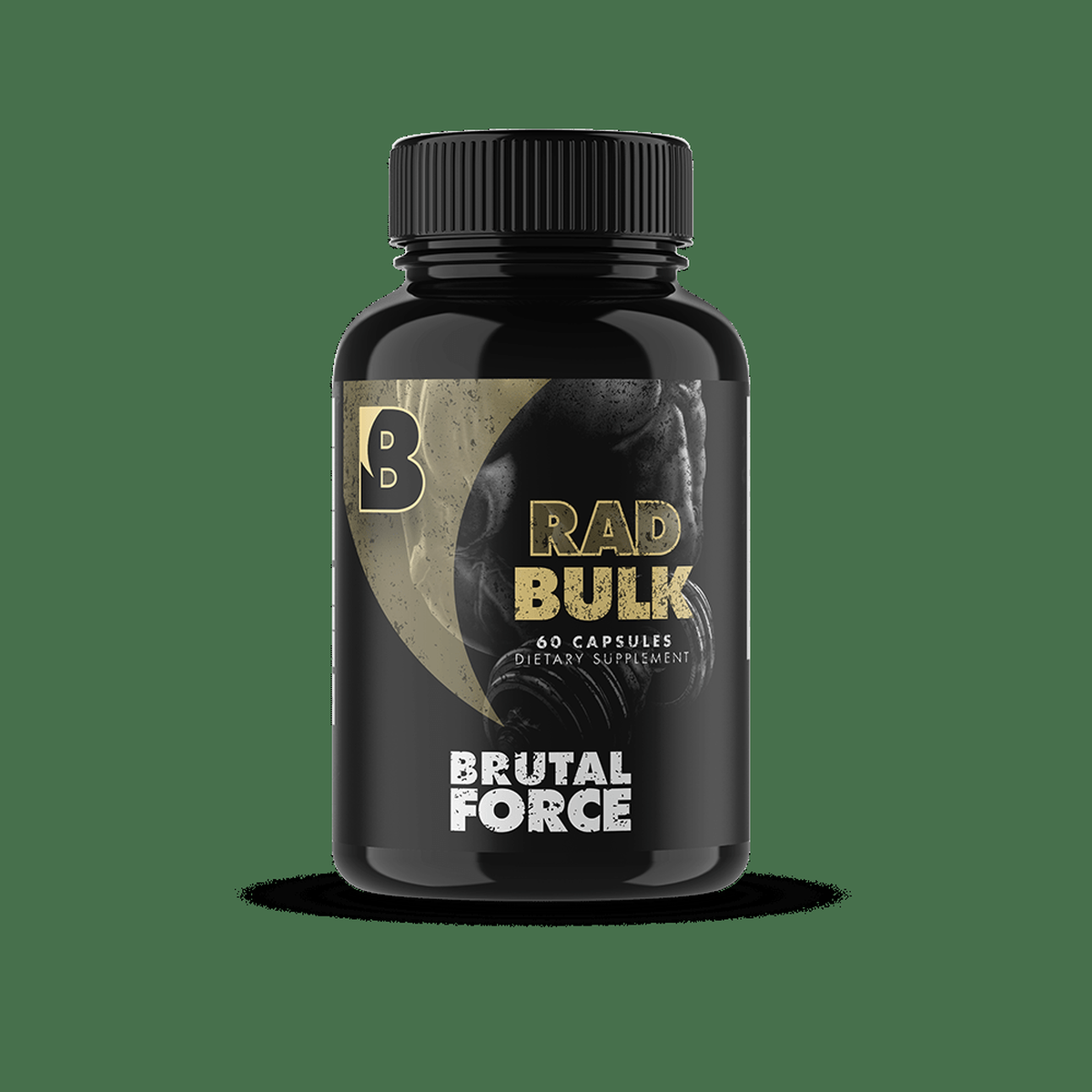How To Take Rad 140 Liquid

The allure of rapid muscle gain and enhanced athletic performance has fueled a growing, yet concerning, interest in selective androgen receptor modulators, or SARMs. Among these, RAD 140, also known as Testolone, has garnered significant attention. This article delves into the usage of liquid RAD 140, examining the available information, potential risks, and the crucial need for caution.
The information presented here is for informational purposes only and should not be considered medical advice. Engaging with substances like RAD 140 carries inherent risks, and consulting with a qualified healthcare professional is paramount before considering its use.
Understanding RAD 140 Liquid: A Risky Proposition
RAD 140 is a SARM, a synthetic drug designed to selectively bind to androgen receptors in the body. Proponents claim it can promote muscle growth and improve strength without the severe side effects associated with traditional anabolic steroids. However, this claim is largely based on limited preliminary research, primarily in animal models, and anecdotal evidence.
Liquid RAD 140 refers to the substance being dissolved in a carrier liquid, typically for oral administration. This delivery method is often chosen for perceived ease of use and potentially faster absorption.
The Murky World of SARM Dosages
One of the most significant concerns surrounding RAD 140 liquid is the lack of standardized dosages and quality control. Because SARMs are not approved by regulatory bodies like the FDA, the market is unregulated, leading to inconsistencies in product purity and concentration.
Dosage recommendations found online vary widely, often ranging from 10mg to 30mg per day. These recommendations are often based on anecdotal experiences and bro-science, rather than rigorous scientific study.
Taking more than the recommended dosage will not provide any further benefit and will only increase the possibility of unwanted side effects. In many cases, taking less than the recommended dosage may also have no effect.
Potential Risks and Side Effects
While SARMs are often marketed as safer alternatives to steroids, they are not without their risks. Even at lower doses, RAD 140 can potentially suppress natural testosterone production, leading to hormonal imbalances. This suppression can result in side effects like decreased libido, fatigue, and even erectile dysfunction.
Other potential side effects reported by users include nausea, headaches, hair loss, and changes in mood. The long-term health effects of RAD 140 are largely unknown, as there are few long term studies on humans.
Liver toxicity is also a concern with RAD 140. Studies have shown elevated liver enzymes in some users, indicating potential liver damage. Individuals with pre-existing liver conditions should especially avoid this and other SARMs.
Administration of RAD 140 Liquid: Proceed with Extreme Caution
If, after understanding the risks and against the advice of medical professionals, someone still chooses to use RAD 140 liquid, the following considerations are crucial.
First and foremost, source the product from a reputable vendor. Unfortunately, the SARM market is plagued with counterfeit products and mislabeled concentrations. Due diligence is essential to ensure you are receiving what you believe you are.
Accurate dosing is paramount. Use a calibrated dropper or syringe to measure the liquid accurately. Start with the lowest possible dose and gradually increase it, if necessary, while closely monitoring your body for any adverse effects.
RAD 140 liquid is typically taken orally. Some users choose to hold the liquid under their tongue (sublingually) for a short period, believing it improves absorption. However, there is no solid scientific evidence to support this claim.
The Importance of Post-Cycle Therapy (PCT)
Because RAD 140 can suppress natural testosterone production, a post-cycle therapy (PCT) regimen is often recommended after a cycle. PCT aims to help the body restore its hormonal balance and mitigate potential side effects.
Common PCT protocols involve the use of selective estrogen receptor modulators (SERMs) like Clomiphene or Tamoxifen. However, the specific PCT regimen and dosage will depend on the individual, the RAD 140 dosage used, and the cycle length.
Engaging in a PCT protocol without medical supervision can be dangerous. Consult with a healthcare professional experienced in hormone regulation to determine the appropriate PCT protocol.
The Legal and Ethical Gray Area
The legal status of RAD 140 varies depending on the country and region. In many countries, including the United States, RAD 140 is not approved for human consumption and is often sold as a research chemical. Its sale for human use may be illegal.
Furthermore, the use of RAD 140 is prohibited by many sporting organizations, including the World Anti-Doping Agency (WADA). Athletes who test positive for RAD 140 face significant penalties, including suspension from competition.
Beyond the legal aspects, the ethical implications of using RAD 140 should also be considered. It raises questions about fair play and the potential for unfair advantages in sports and other competitive environments.
Looking Ahead: The Need for More Research
The current understanding of RAD 140 is limited by the lack of comprehensive scientific research, particularly in humans. More rigorous clinical trials are needed to fully evaluate its efficacy, safety, and long-term health effects.
Until more data becomes available, caution is paramount. The risks associated with RAD 140 may outweigh any potential benefits. Individuals considering its use should prioritize their health and well-being by consulting with a qualified healthcare professional.
The pursuit of performance enhancement should not come at the expense of one's health. Informed decisions based on scientific evidence, rather than hype and anecdotal claims, are crucial when considering the use of any substance like RAD 140.




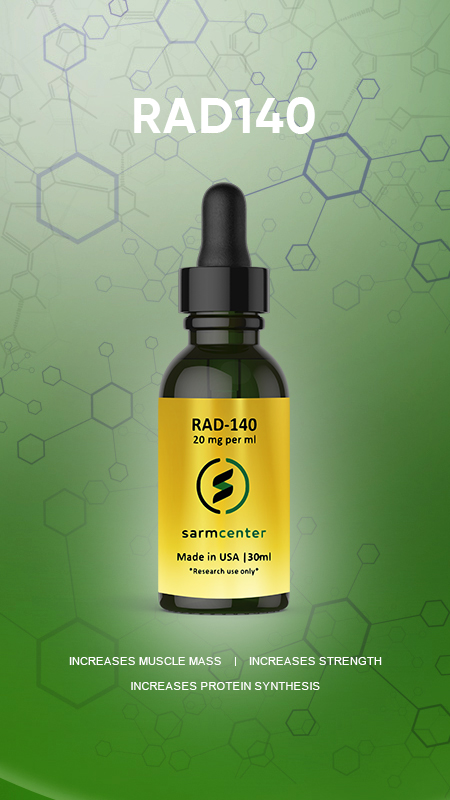
![How To Take Rad 140 Liquid [Before and After] RAD 140 Results](https://sarmsmentor.com/wp-content/uploads/2024/09/RAD-140-Before-And-After.jpg)



